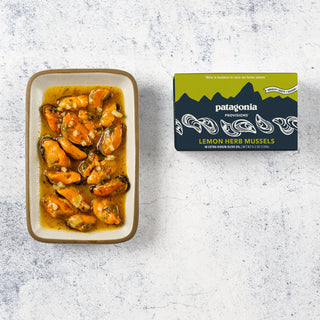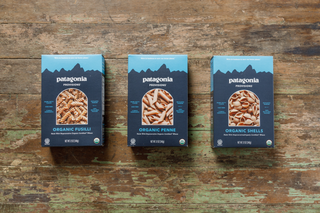5 Tips to Improve Any Recipe
You’re at the stove, reading the cooking instructions on the side of your pasta box. Probably it’s a single sentence, telling you to boil the pasta until tender, with a suggested time range.
There’s nothing wrong with that brief instruction. Do what it says and you’ll get edible pasta. But it skips a few key steps, perfected over centuries, that will instantly improve your spaghetti, penne, or whatever shape you’re serving up. Restaurant cooks use these methods and so can you.

1. Use Enough Water
To keep your pasta from sticking, use enough water so that when you add your noodles, they’ll be submerged by at least a couple of inches.
Some cooks like to use even more water to keep pasta from sticking, but you don’t really need to (see Step 2). Using less water saves heating energy, which is especially helpful when you’re camping.

2. Salt the Water
That way the seasoning has a chance to fully penetrate each piece of pasta as it cooks, releasing the warm, fragrant flavor of wheat. Unsalted pasta tastes dull and muted.
How much salt? About ¾ teaspoon per quart of water.

3. Bring the Water to a Full Boil Before Adding the Pasta
Rapidly boiling water helps move the noodles around, keeping them from clumping. Stirring helps too, especially at the start of cooking, to keep the noodles submerged and separated.

4. Cook the Pasta Until Barely Done (Al Dente)
Al dente (“to the tooth” in Italian) means the noodles are firm when bitten, but cooked through--or with a tiny bit of snap left in the center.
Why do this? Because the pasta will keep cooking after you drain it. If you boil pasta until it’s fully tender, you’ll end up with soggy, flabby noodles.

5. Finish Cooking the Pasta in the Sauce
This is the least-known best tip for cooking pasta. While you’re boiling the pasta, heat (or reheat) your sauce—tomato, alfredo, whatever—in a separate large pot. Drain the al dente noodles, saving about a cup of their starchy cooking water, and stir then into the sauce, along with a splash of cooking water.
Cook the pasta in the sauce over low heat, stirring, for a couple of minutes. The noodles will continue to swell, absorbing sauce, and the starchy cooking water will help the sauce cling.
When the noodles are coated with sauce, they’re done. Stir in a little more cooking water if you want a looser sauce.
Eat immediately.
Use These Tips for Any Pasta
These methods work for any pasta. Use them with your favorite shape—or try one of our organic, 100% whole-grain pastas: fusilli, penne or shells. The world’s first Regenerative Organic Certified® pastas, they’re made with just two ingredients: organic durum wheat and organic Kernza®, a long-rooted, wheatlike perennial grain with a subtly spicy flavor. Learn more below.











